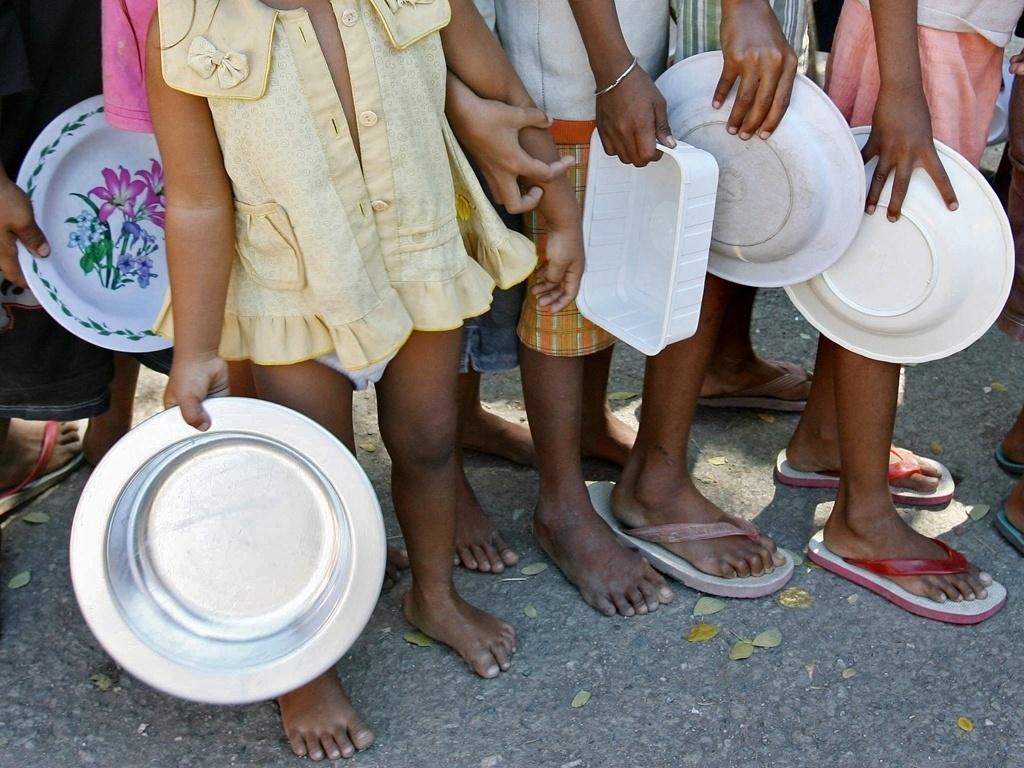RIO DE JANEIRO, BRAZIL – He could not feed his family. Matilde Alonso knew this was true, but she couldn’t believe it. The pandemic had just hit Guatemala full force and Alonso, a 34-year-old construction worker suddenly became unemployed.
He was thinking by himself until late at night, his mind wandering and he couldn’t hold back his tears. He had six mouths to feed, no income, and no hope of earning anything but the few emergency aid checks – about US$130 (R$650) – from the already underfunded government.
Now, Alonso said breakfast, lunch, and dinner all look the same at his home in El Jocotillo: maybe a tortilla with salt; maybe a tortilla with beans; maybe a bowl of rice with beans. “We used to eat meat. Now there is no meat. We used to eat chicken. Now there is no chicken. We drank milk. Now there is no milk.” Even the bread is off the menu, he said.

For tens of millions like Alonso, the pandemic exposed the fragility of economic standing around the world. In many ways, nowhere has this become more evident than in Latin America, where the resurgence of poverty has brought a vicious circle of hunger to a region that was supposed to have eradicated this kind of malnutrition decades ago.
From Buenos Aires to Mexico City, families have skipped meals and traded fresh produce for starchy, sugary foods. Even in Chile, a success story in the developing world, some neighborhoods have resorted to community kitchens in a regression to the 1980s dictatorship era.
The United Nations World Food Program estimates that Latin American and Caribbean countries in which it operates are expected to see an increase of about 270 percent in the number of people suffering severe food insecurity in the coming months.
This increase – from 4.3 million before the pandemic to 16 million – is likely to be the steepest in the world and more than double the estimated global growth rate, Norha Restrepo, a WFP spokesperson in Panama, said by phone.
The pandemic has further weakened economic stability, and millions now make the unthinkable change from a relatively comfortable life to not knowing where the next meal will come from.
“The difference between being poor and becoming poor is brutal,” said José Aguilar, founder of Reactivemos La Esperanza, which helps 100 families in Costa Rica and is trying to reach more people. “When you are middle class and have food, access to education, you are used to a certain quality of life and suddenly this is taken away from you through no fault of your own, it has a great impact on families”.
“This economic and health crisis is only just starting and it will result in the largest number of people living with lack of food in recent times,” said Maria Teresa Garcia, who runs the Mexican Food Bank, a food charity. “This crisis will leave a mark for a long, long time.”
Like most of the world, the hunger affecting Latin America is unrelated to insufficient supply. In fact, the region is an agricultural power, with fertile plains and valleys that produce grains, fruits, and the proteins that help feed the world.
For the most part, government aid is far exceeded by need, even if some countries decide to implement wide-ranging stimulus packages. The Brazilian government, for one, started an emergency aid cash program so ambitious that it contributed to a temporary decline of extreme poverty indicators to historic lows at the national level.
But this program expires at the end of the year and is too expensive to be sustained. In most countries, payments are limited and people spend all the money they get to cover housing, water, and electricity costs. There is often little left for food.
Source: InfoMoney

